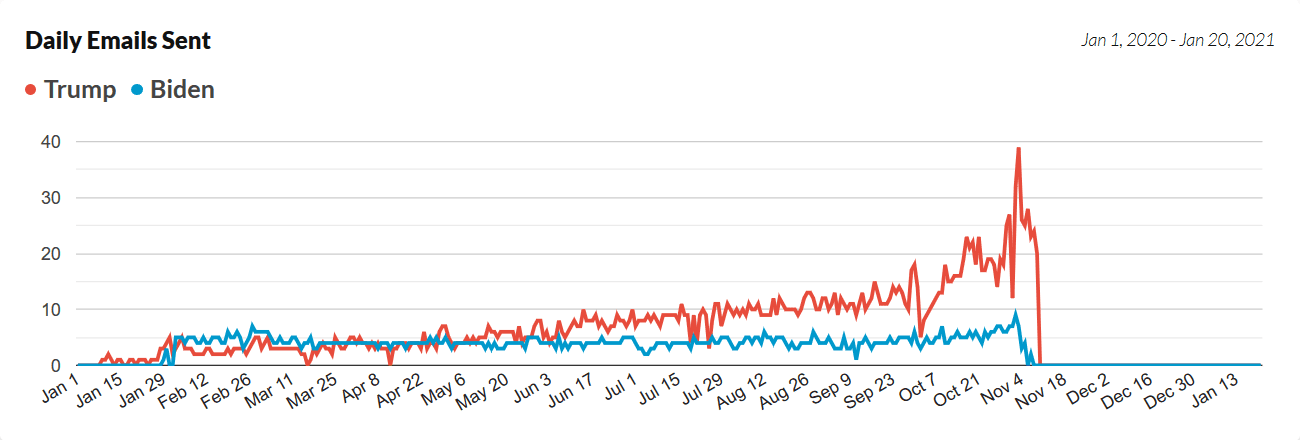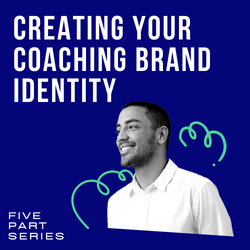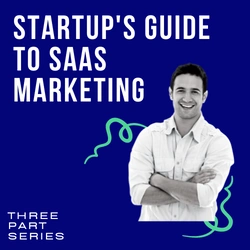What We Learned From The Largest Email Marketing Campaign in History: 2020 US Election
The 2020 US Election saw an unprecedented $10.8 BILLION in combined spending, with both presidential parties having created some of the most successful marketing campaigns in history.
In this article, we’re going to discuss one of their core strategies – email.
Now, regardless of where you stand on the political divide, we can all agree that elections are one massive marketing campaign.
There are some key takeaways we can learn from how both candidates used email marketing tactics. More importantly, we’re going to discuss how you can apply those same tactics to your email marketing strategies.

They Had A Targeted Audience
It’s important to remember not to be a jack of all trades, but rather to specialize. After all, we all know you can’t convince a dog person to buy cat food. Regardless of your personal feelings toward either candidate, a lot of thought went into both campaign targets. Firstly, they thought carefully about who their message attracts. Secondly, they considered who their message and style would repel. This is crucial because even though both candidates had massive marketing budgets they still spent wisely.
So how did they pull that off? They accomplished this by hyper-targeting their messages and encouraging the recipient to forward the email to friends and family. That, consequently, created a large campaign that was boosted by social sharing.
The campaigns didn’t just build massive email lists. Moreover, they built highly-targeted lists full of believers who will act as a guerrilla army to advertise for them.
Now just imagine if a company like Coca-Cola, or even you, could do that.
They Used Emotion To Incite Action
These newsletters and announcements weren’t your traditional product or service offers. Rather, these were carefully crafted messages that created strong emotional reactions. Much of the time they used fear, patriotism, terror, paranoia and worry to incite a reaction. And it worked.
The emails often used FOMO (fear of missing out) to elicit a call to action, telling the reader that their candidate needs them to win against the other. And why, because the other side is _________ (insert negative word such as cheating, lying, attacking, etc.).
Firstly, the email states the problem. Secondly, it creates a strong emotional reaction. Thirdly, and most importantly, it includes a Call-to-Action button and a link to either Donate Now or Share This Message.
Take a look at the following email sent by Trump’s campaign with the subject line: “If not NOW, then when?”
“I just spoke with President Trump and I’ve got some bad news. We reviewed the most recent donor list and he noticed that your name STILL WASN’T ON IT.
I want President Trump to know that he still has your full support, which is why if you step up in the NEXT 30 MINUTES, I’ll guarantee that your name is at the TOP of the next list he sees.”
Another popular style the Trump campaign used was to highlight words like crush and any amount along with strong action-taking commands.
“THIS is the moment we finally take back our Country, and it starts with YOU, David. Don’t let the President and your fellow Patriots down.
Please contribute ANY AMOUNT in the NEXT HOUR to step up to the front lines and your gift will be 700%-MATCHED. >>”
“I want to absolutely CRUSH Joe and Kamala, but I can’t do it without you.”
You’ll notice the use of the matching claim to give the recipient the impression that if he/she donates $10 it will become $70. It’s a strong marketing tactic, but entirely untrue. In reality, this type of matching is impossible because of the individual limits placed on donors by the US Federal Electoral Commission. However, the claim often worked, with countless people driven to donate more under the impression that every $1 is actually $7.
Consequently, the claim of matching funds convinced the donors that if they don’t give $10, they’re actually not giving $70. It was a brilliant strategy from a marketing standpoint.
The use of “he noticed” is a common tactic to suggest to the reader that he or she has been noticed. And that means the reader stood out and received some form of attention. After all, who doesn’t like to feel special?
Leaning Into Their Audience or Buyer Persona
Of course, both candidates are after one thing – money. However, each candidate took a different approach in embracing their base (buyer persona).
The Trump campaign asks people to “contribute” not to “donate” and often includes words to suggest limited exclusivity such as “take action immediately” and “sign up before it’s too late”.
But the Biden campaign frequently took a different tone:
“Asking for your donation is one of the things I hate most about running for president. But I’m hoping you’ll give me a minute to explain why your support matters, and then chip in $5 to my campaign.”
Which campaign got it right?
They both did because they both are using the correct format and content for their respective demographic. And because of that, both campaigns had great success with email marketing.
They Used Catchy Slogans & Simple Messaging
For Trump, it was about keeping America great. While for Biden, it was about America’s best days being ahead. Both slogans are simple and appeal to their wider audience while creating an emotional reaction.
The same holds true in any market.
For example, if you’re selling makeup to women, know they want to feel beautiful and position your product as an experience. After all, you never want to be just something else to buy.
They Leveraged Email To Its Fullest
Both parties were heavily involved in email marketing. Some might argue that Trump even burnt out his donors by sending up to 20 emails a day.
Of course, each campaign took into consideration their target demographic. What a recipient expects to receive from the Trump campaign may not be the same as what subscribers expect from the Biden campaign. But each campaign kept focused on their hyper-targeted base and on one message per email. In short, they kept it simple.
And they weren’t afraid to test different scenarios and tactics to achieve stronger results in their email marketing.
They Used Smart Email Tactics
In both campaigns, they segmented their lists. That, in turn, allowed them to get more personal and build a relationship with each subscriber. After all, a better relationship means more trust and more trust means more money.
The Trump campaign segmented and split tested emails to highly specific sub-lists including home value, net worth, location and religious affiliation. This made for even more successful emails with higher click-through rates and stronger action-taking.
You can apply this by targeting and segmenting your offers to a more specific group to get better results in your email marketing.
They Tapped Into Other Email Lists
This one is key. They didn’t just rely on their own efforts, but also the email lists of their allies. This allowed them to get more reach and get results faster than they could on their own.
The same holds true for you. By tapping into other email lists databases or traffic partnerships, you can extend your reach for any product or service you offer.
This strategy isn’t as hard as it may sound, and you don’t need to have billions in your marketing coffers. This can be as easy as using an affiliate network or asking your sales, marketing or manufacturing partners to do a simple list swap. Ask to send to your list for them, and they in return contact their list on your behalf. Consequently, a strong partnership is created that benefits both sides equally.
In conclusion, with nearly $11 BILLION spent this year on the presidential campaigns, a new record was set. After all, never before had so much ad spend been used for such short campaigns.
In all honesty, you don’t need even 1% of their advertising budget to run a successful email campaign.
You’re not running for office and neither of these candidates may be your preference, but you can still learn from their massive email marketing strategies. All you need is to focus on using what you have and double-down on hyper-targeting and list segmentation because a little can go a long way.

One of the biggest assets you’ll ever create is your mailing list. You build trust and authority by sending highly relevant info that your subscribers can act on. Growing your subscribers doesn’t have to be difficult with these seven methods you can start right now. Keep Learning >

Imagine a magical platform where you can share your first video with zero followers and suddenly have millions of views. Sounds unbelievable, doesn’t it? That is the current power of TikTok and many small and local businesses have experienced the sudden impact of a viral post on the young platform. Keep Learning >



